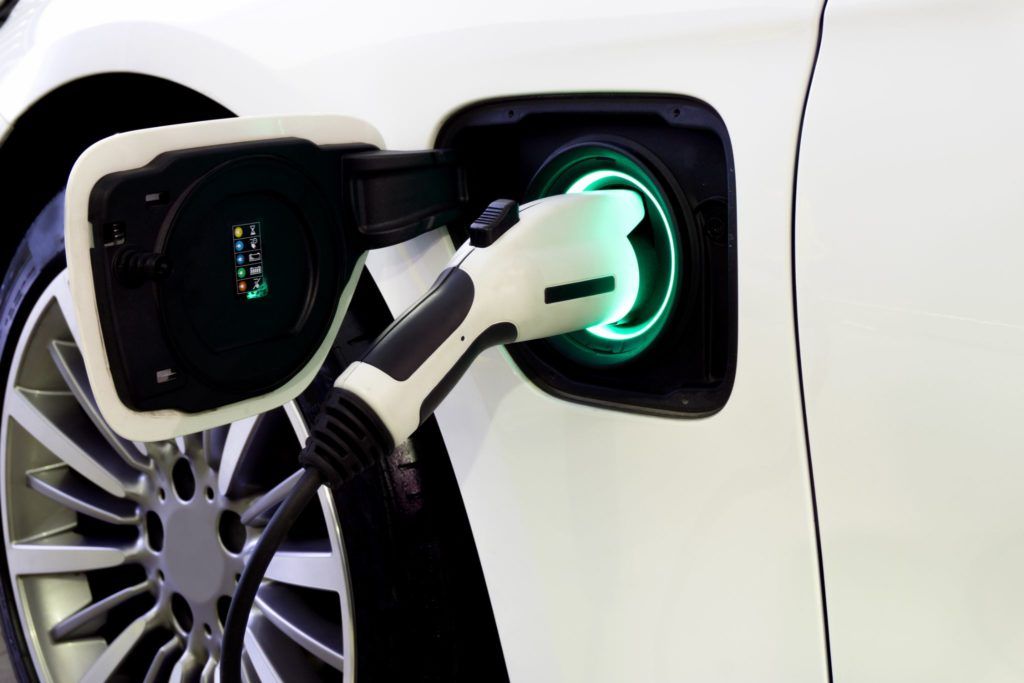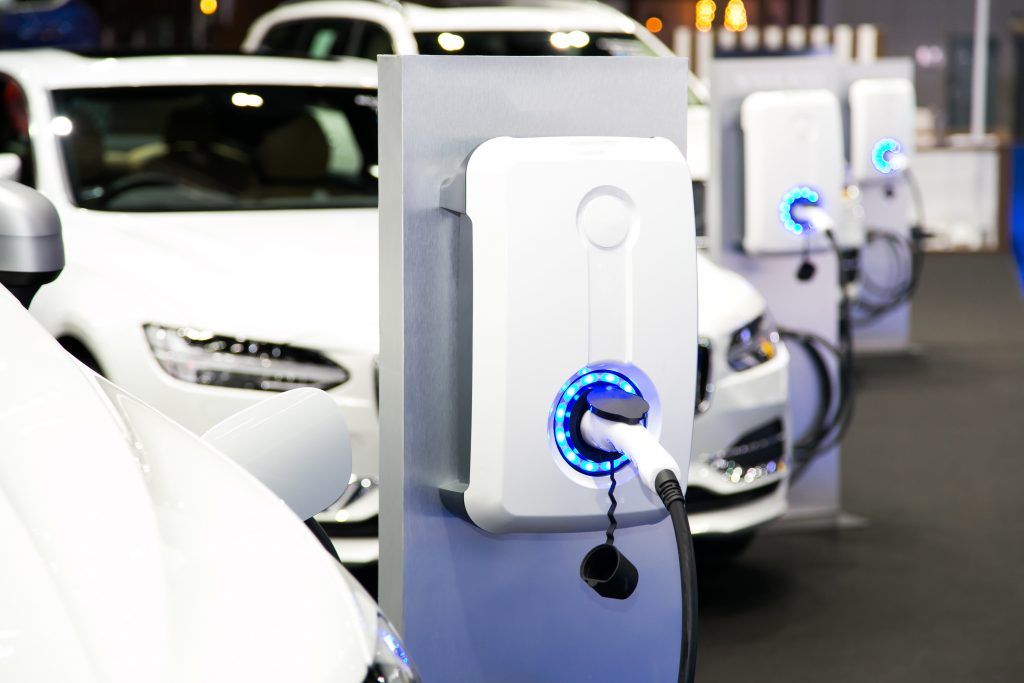EV drivers face issues in booking and paying for EV chargers, according to a new survey by EV payment specialist Paythru, conducted in partnership with The EV Café.
The survey of 200 EV drivers found that people still use multiple payment methods and only 13% have a single payment option that they use 100% of the time.
The majority of drivers have three or more regular options that they switch between, such as contactless and different apps.
It also found there were issues with payments, with 87% of respondents saying they’ve had to download a new app at the charging point at least once, in order to pay. 80% have faced app payment problems due to mobile connectivity issues. 56% have had their card rejected.
Furthermore, 45% of drivers said they’ve had to phone up to make a payment, and 61% have left the charge point because of unacceptable payment options.
The survey also found pre-authorisation of payments, where money is reserved against a driver’s payment card prior to the charge, with the charge then deducted is a major irritation. Almost all of the respondents – 90% – said they have been asked for pre-authorisation when charging, and 80% have experienced at least one issue with it.
Speaking about the survey, Paythru’s Chief Strategy Officer, Sara Sloman, said the majority of users are being “forced to use multiple payment options” in order to navigate an “overly complex charging system”.
Keith Brown, Paythru’s Managing Director, said that “expectations will rise” as we move from early adopters to mainstream EV drivers.
He said:
“People have little patience for complex and cumbersome EV charging transactions.”
“The charging experience remains overly complicated, creating what we call ‘Payment Anxiety: the feeling of going to charge and knowing there’s a very real chance – even if it’s a small one – that the charge point won’t work the way you want for one reason or another.”
“Until now, the EV industry has understandably focused on hardware. But the problems we see causing driver frustrations now are mostly linked to the software used in the charging process, and the experience that comes with it. The time has come to concentrate on designing software that will solve most, if not all, of the issues raised in this report, in order to make EVs accessible to all.”
Image from Shutterstock








